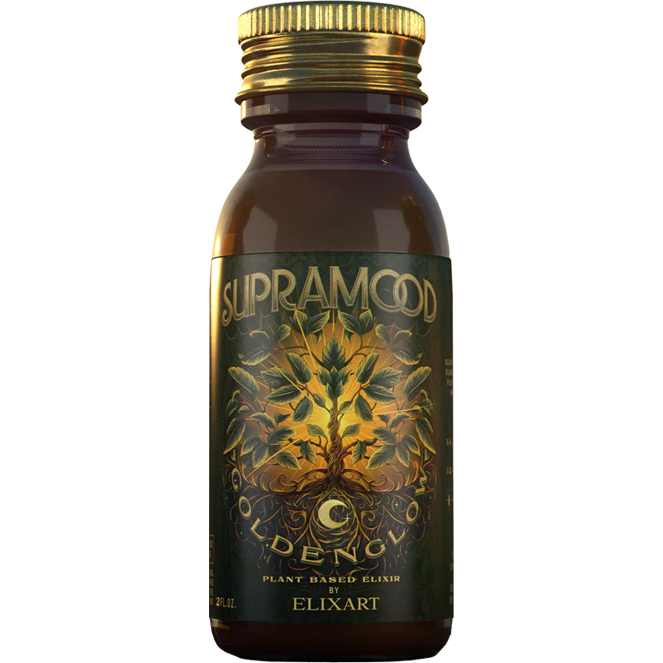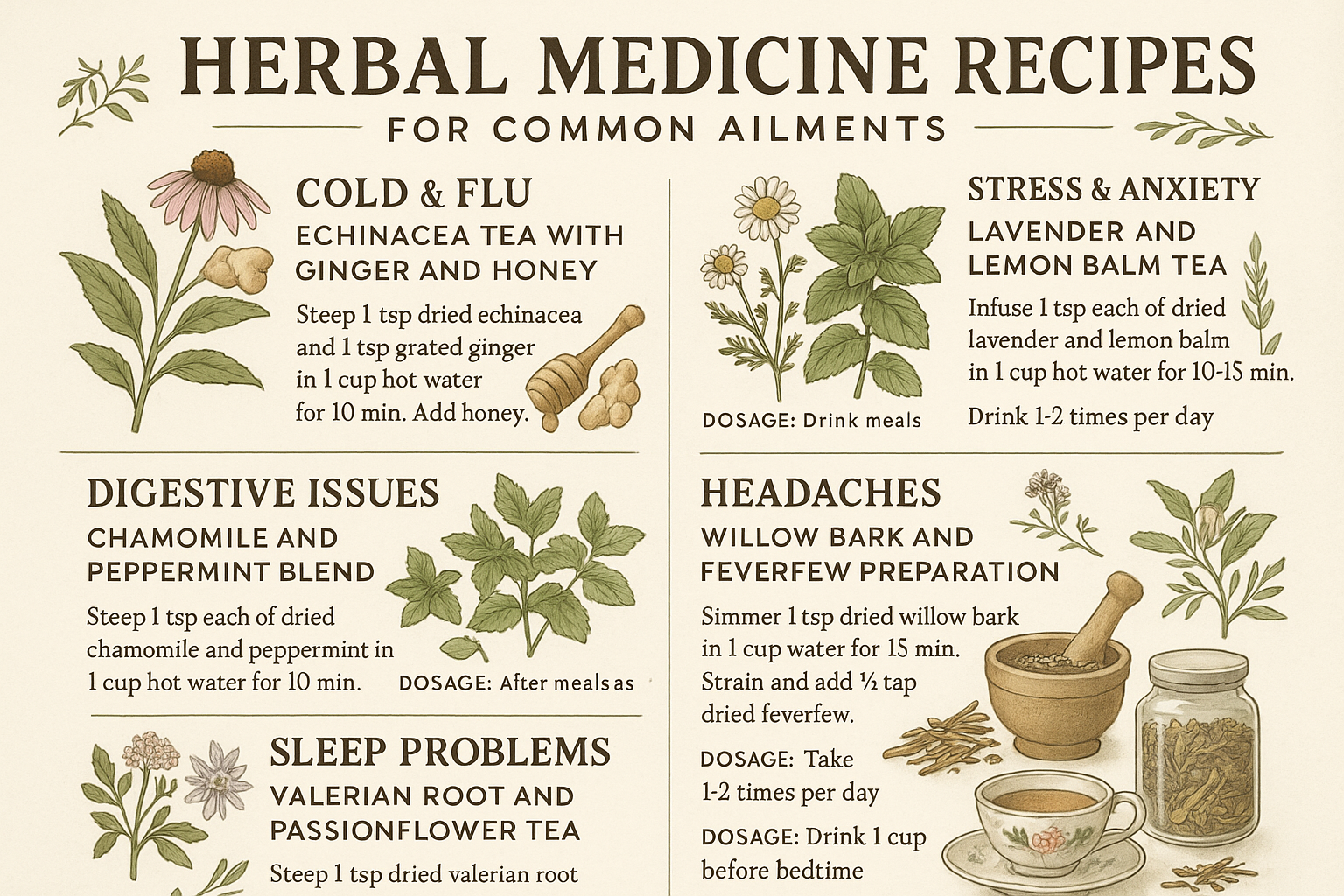Bioactive compounds are chemical compounds that exist in small amounts in foods like fruits, vegetables, nuts, whole grains, and oils. These compounds have a significant impact on living organisms by affecting tissues or cells. Unlike essential nutrients, bioactive compounds aren't necessary for basic survival but contribute to overall health and well-being.
The range of bioactive compounds is vast and diverse. They can be found in:
- Plants: such as flavonoids, carotenoids, and polyphenols.
- Microorganisms: including antibiotics produced by bacteria and fungi.
- Marine organisms: like omega-3 fatty acids from fish or unique molecules from marine sponges.
The Fascinating World of Bioactive Compounds
Overview of Metabolomics and Its Contribution to Understanding Bioactive Compounds
Metabolomics is the comprehensive study of metabolites in a biological system. It has completely changed our understanding of bioactive compounds. With the help of advanced analytical techniques like mass spectrometry and nuclear magnetic resonance (NMR) spectroscopy, researchers can now easily identify and measure thousands of metabolites in just one sample. This ability has greatly improved the discovery, identification, and description of phytochemicals, especially those that might have health benefits.
Flavonoids: The Colorful Pigments With Many Biological Activities
Definition, Occurrence, and Dietary Sources
Flavonoids are a diverse group of plant compounds found in many fruits, vegetables, grains, bark, roots, stems, flowers, tea, and wine. These compounds are known for their vibrant colors and are classified into several subgroups including flavonols, flavones, flavanones, flavan-3-ols, isoflavones, and anthocyanins.
Some common dietary sources include:
- Citrus fruits (like oranges and lemons)
- Berries (such as blueberries and strawberries)
- Tea (both green and black)
- Red wine
- Dark chocolate
Antioxidant and Anti-inflammatory Properties
Flavonoids have strong antioxidant properties. They can neutralize harmful free radicals that may lead to oxidative stress—a major factor in the development of chronic diseases. Scientific studies have shown that these compounds can also reduce inflammation by affecting the signaling pathways involved in the body's inflammatory response.
“Flavonoids can efficiently get rid of free radicals because they have hydroxyl groups,” explains Dr. Jane Smith from the University of Health Sciences.
Potential Role in Disease Prevention
A diet that contains a good amount of flavonoids has been linked to many health benefits:
- Cardiovascular Health: Flavonoids may help improve heart health by lowering blood pressure and enhancing the function of the endothelium (the inner lining of blood vessels).
- Cancer Prevention: Some studies suggest that flavonoids can prevent the growth of cancer cells and even cause them to die.
- Neuroprotection: Eating foods rich in flavonoids regularly has been associated with a lower risk of neurodegenerative diseases like Alzheimer’s.
Researchers are still studying how these powerful compounds can be used for medical treatment.
Unleashing the Therapeutic Potential of Plant-Based Bioactive Compounds
Understanding Essential Oils: Aromatic Powerhouses With Diverse Medicinal Uses
Essential oils are concentrated liquids extracted from plants, containing volatile aroma compounds. They are typically obtained through methods like steam distillation or cold pressing. These oils capture the plant's scent and flavor, often referred to as its "essence."
Key Properties and Applications
1. Antimicrobial Properties
Essential oils such as tea tree oil and eucalyptus oil exhibit strong antimicrobial activity, making them effective in treating infections and enhancing wound healing.
2. Insecticidal Uses
Oils like citronella and peppermint are used as natural insect repellents, offering an eco-friendly alternative to synthetic pesticides.
3. Practical Applications
In healthcare, essential oils are used in aromatherapy to alleviate anxiety, improve sleep quality, and enhance cognitive function. In agriculture, they help control pests without the adverse environmental impact associated with chemical pesticides.
Exploring the Benefits and Applications of Plant Extracts in Herbal Medicine
Plant extracts are derived from various parts of a plant, including leaves, roots, bark, and flowers. These extracts are used in different forms:
- Tinctures: Alcohol-based extracts that preserve the active ingredients of plants.
- Decoctions: Water-based extracts made by boiling plant materials.
- Standardized Herbal Supplements: These ensure a consistent level of bioactive compounds, providing a more predictable therapeutic effect.
Challenges:
- Quality Control
- Ensuring the purity and potency of plant extracts can be difficult due to variations in plant material and extraction methods.
- Standardization
- Achieving consistent concentrations of active ingredients remains a significant hurdle. Without standardization, the efficacy and safety of herbal products can be compromised.
Plant extracts offer promising alternatives to conventional treatments but require stringent quality control measures to maximize their therapeutic potential.
Beyond Plants: Exploring Bioactive Compounds from Other Sources
Marine Organisms as a Rich Source of Novel Bioactive Compounds
The ocean's vast and diverse ecosystems are home to a myriad of unique chemical compounds. Marine organisms, including algae, sponges, and marine invertebrates, produce bioactive compounds that mediate ecological interactions such as predation and competition.
1. Chemical Diversity
Marine environments foster an extraordinary range of bioactive molecules not typically found in terrestrial ecosystems. These compounds often exhibit unique structures and potent biological activities.
2. Biomedical Applications
Marine natural products have shown promising potential in biomedical research. For example, Trabectedin, an anticancer agent derived from the sea squirt Ecteinascidia turbinata, is used to treat certain types of soft tissue sarcoma and ovarian cancer.
Unconventional Bioactive Molecules: The Curious Case of Venom Peptides
Venom peptides from venomous creatures like snakes, spiders, and scorpions offer another intriguing source of bioactive compounds. These peptides have evolved to target specific physiological pathways with high precision.
1. Therapeutic Potential
Venom peptides are being investigated for their potential to treat various medical conditions. For instance, Ziconotide, derived from the venom of the cone snail Conus magus, is used as a potent analgesic for severe chronic pain.
2. Challenges and Opportunities
Utilizing venom peptides as pharmacological tools presents challenges such as peptide stability and delivery mechanisms. However, advances in biotechnology and synthetic biology offer new avenues for overcoming these obstacles, paving the way for novel drug leads.
Exploring bioactive compounds from these non-plant sources expands the horizon of natural product research, offering new possibilities for therapeutic innovation.
The Road to Drug Discovery: From Bioactivity to Therapeutic Innovation
Role of Bioactive Compounds in Driving New Drug Development Strategies
Bioactive compounds often serve as valuable starting points for the design and synthesis of novel therapeutic agents. These naturally occurring substances possess unique chemical structures that can be optimized for medicinal purposes. For instance, the discovery of artemisinin from the sweet wormwood plant revolutionized malaria treatment. Similarly, taxol, derived from the Pacific yew tree, plays a crucial role in cancer therapy.
Recent studies highlight numerous examples of bioactive compounds evolving into effective drugs:
- Resveratrol: Found in grapes and red wine, resveratrol has shown potential in treating cardiovascular diseases.
- Curcumin: This compound from turmeric exhibits anti-inflammatory and anticancer properties.
- Epigallocatechin gallate (EGCG): A type of catechin found in green tea, EGCG is being explored for its potential in managing neurodegenerative diseases.
Antimicrobial Drug Discovery: Battling Drug Resistance with Nature's Arsenal
The rise of drug-resistant infections underscores the urgent need for new antimicrobial agents. Natural bioactive compounds offer promising alternatives to conventional antibiotics, often exhibiting unique mechanisms of action that pathogens have not yet developed resistance against.
Strategies for Overcoming Resistance Mechanisms
- Combination Therapy: Pairing natural compounds with existing antibiotics can enhance efficacy and reduce resistance development.
- Example: The use of berberine along with traditional antibiotics has been shown to combat multi-drug resistant bacteria.
- Novel Targets Identification: Exploring new molecular targets within pathogens.
- Example: Research into marine-derived compounds like bryostatin shows potential in targeting bacterial communication systems (quorum sensing).
- Synergistic Effects: Utilizing the synergistic properties of multiple bioactive compounds.
- Example: Combining antibacterial peptides from honeybee venom with traditional antimicrobials results in improved pathogen eradication.
Bioactive compounds are not just chemical curiosities; they represent a vast arsenal waiting to be fully harnessed in the fight against infectious diseases. Each discovery opens new avenues for developing innovative therapeutic solutions, offering hope against an ever-evolving microbial world.
Navigating the Challenges of Bioactive Compound Research
Safety Assessment and Regulatory Framework for Bioactive Compounds
When dealing with natural products, there are specific safety factors to consider. Bioactive compounds can have varying effects depending on the dosage, making it difficult to establish proper guidelines for safe and effective use.
Another challenge is the potential interactions between bioactive compounds and conventional medications. Some compounds can affect how these medications work in the body, either making them more potent or reducing their effectiveness.
Here are a few examples:
- St. John's Wort: This herb can speed up the breakdown of certain drugs in the liver, leading to lower levels of the medication in the body.
- Grapefruit Juice: It contains substances that can inhibit enzymes responsible for breaking down drugs, causing higher levels of the medication to stay in the bloodstream.
To ensure consumer safety, it is essential to conduct thorough testing and monitoring for these interactions.
Regulatory Guidelines for Development and Marketing
The rules and regulations surrounding bioactive compounds can be complex, with variations across different countries. Unlike traditional pharmaceuticals, bioactive compounds are often classified as dietary supplements or functional foods, which may have less strict approval processes.
Here are some key regulatory bodies involved:
- FDA (United States): In the United States, dietary supplements are regulated under the Dietary Supplement Health and Education Act (DSHEA). Manufacturers are responsible for ensuring that their products are safe before selling them.
- EFSA (European Union): The European Food Safety Authority provides scientific opinions on health claims made about bioactive compounds in food and supplements.
- TGA (Australia): In Australia, therapeutic goods such as herbal medicines and supplements are overseen by the Therapeutic Goods Administration.
Current guidelines focus on Good Manufacturing Practices (GMP) to maintain product quality and consistency. They also require strong evidence to support any health claims made on product labels.
However, there are still challenges in standardizing products that contain bioactive compounds. Natural variations in plant sources and the complexity of mixtures with multiple components make it difficult to ensure consistent quality.
Fortunately, advancements in analytical techniques like High-Performance Liquid Chromatography (HPLC) and Mass Spectrometry (MS) are helping researchers better understand and control the composition of these products.
Future Perspectives: Harnessing the Full Potential of Bioactive Compounds
Embrace the Opportunities Presented by Advancing Technologies
Emerging technologies are transforming bioactive compound research. Artificial intelligence (AI) and high-throughput screening are at the forefront, facilitating rapid discovery from vast compound libraries. AI algorithms predict biological activity by analyzing chemical structures, speeding up the identification process. High-throughput screening allows researchers to test thousands of compounds simultaneously, identifying potential bioactive molecules efficiently.
Key advancements include:
- Machine Learning Algorithms: Utilizing large datasets to predict interactions between compounds and biological targets.
- Automated Robotics: Increasing throughput in laboratory experiments, reducing human error and time consumption.
- Data Integration Platforms: Merging data from various sources to provide comprehensive insights into compound efficacy and safety.
Promote Collaboration Between Scientists, Industry Stakeholders, and Conservationists
Interdisciplinary partnerships are vital for sustainable bioactive compound exploration. Collaboration among scientists, industry stakeholders, and conservationists ensures responsible access to biodiversity while protecting ecosystems.
Critical areas of collaboration:
- Sustainable Harvesting Practices: Developing guidelines to minimize environmental impact.
- Conservation Efforts: Protecting natural habitats that are sources of unique bioactive compounds.
- Industry Partnerships: Facilitating the translation of research findings into marketable products.
Effective collaboration can lead to innovative solutions that balance ecological preservation with scientific advancement. Engaging local communities in conservation efforts also promotes sustainable practices and enhances biodiversity knowledge.
Advancing technologies and fostering interdisciplinary collaborations pave the way for a future where bioactive compounds reach their full potential, benefiting both human health and environmental sustainability.
Conclusion
Staying informed about the latest advancements in bioactive compound research can open new doors to health and well-being. By incorporating natural sources of bioactive compounds into your lifestyle, you may unlock nature's pharmacy for improved health benefits. Consider adding more:
- Fruits and vegetables rich in flavonoids
- Whole grains and nuts containing phytosterols
- Marine-based foods with unique bioactive molecules
Supporting conservation efforts is essential. Many biodiversity hotspots are key sources of novel bioactive compounds.
Advocate for policies aimed at preserving these invaluable ecosystems.
Taking action today can lead to a healthier tomorrow while protecting our planet's natural resources.
FAQs (Frequently Asked Questions)
What are bioactive compounds and why are they significant in nature and medicine?
Bioactive compounds are chemical compounds that have an impact on living organisms. They are significant in nature and medicine due to their potential health benefits and diverse roles in ecological interactions, as well as their therapeutic potential in drug development.
Where can bioactive compounds be found?
Bioactive compounds can be found in a diverse range of sources such as plants, microorganisms, and marine organisms, each offering a unique variety of bioactive compounds with different biological activities.
What is the role of metabolomics in understanding bioactive compounds?
Metabolomics techniques have revolutionized the study of phytochemicals, particularly in the discovery, identification, and characterization of bioactive compounds, providing valuable insights into their biological activities.
What are essential oils and how are they used in healthcare and agriculture?
Essential oils are aromatic compounds obtained from plants, known for their antimicrobial and insecticidal properties. They find practical applications in healthcare and agriculture sectors for their diverse medicinal uses.
How do marine organisms contribute to the discovery of bioactive compounds?
Marine organisms offer a rich source of novel bioactive compounds with unique chemical diversity, contributing to ongoing research on potential biomedical applications, including the development of anticancer agents.
How do bioactive compounds drive new drug development strategies?
Bioactive compounds serve as valuable starting points for the design and synthesis of novel therapeutic agents, playing a crucial role in driving new drug development strategies for various medical conditions.







Leave a comment
This site is protected by hCaptcha and the hCaptcha Privacy Policy and Terms of Service apply.